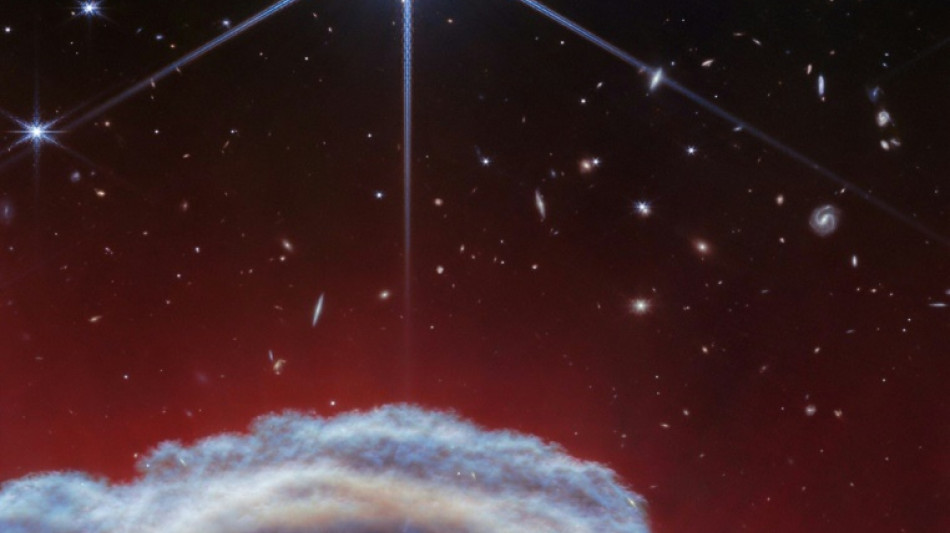
-
 Cannes film shocks with fairy-tale horror on abortion
Cannes film shocks with fairy-tale horror on abortion
-
Schauffele equals major record low round with 62 to lead PGA

-
 Schauffele ties record-low major round with 62 for PGA lead
Schauffele ties record-low major round with 62 for PGA lead
-
Slovak PM speaking but serious after shooting, suspected gunman charged

-
 Ten Hag warns England's Shaw doubtful for Euro 2024
Ten Hag warns England's Shaw doubtful for Euro 2024
-
Swiatek into Rome Open final as trophy record beckons, Paul battles through

-
 US bank regulator grilled over 'toxic culture' at agency
US bank regulator grilled over 'toxic culture' at agency
-
Nigeria lawmaker's plan for mass wedding of orphans sparks uproar

-
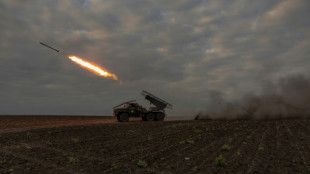 Ukraine trying to 'stabilise' front as Russia pushes northeast
Ukraine trying to 'stabilise' front as Russia pushes northeast
-
'Fighter' Alaphilippe back winning in Giro 12th stage, Pogacar holds lead

-
 Demirtas: Erdogan's Kurdish nemesis condemned to prison
Demirtas: Erdogan's Kurdish nemesis condemned to prison
-
Juve's Allegri suspended two matches after cup final red

-
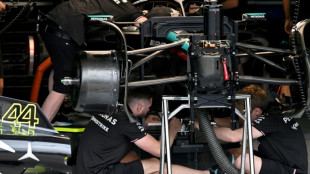 Hamilton says struggling Mercedes have found 'North Star'
Hamilton says struggling Mercedes have found 'North Star'
-
Trump lawyers vie to discredit key witness Cohen at trial

-
 England centre Slade signs new Exeter deal to end talk of France move
England centre Slade signs new Exeter deal to end talk of France move
-
Brazil's Porto Alegre: a flood disaster waiting to happen

-
 Resilient Schauffele grabs PGA lead as McIlroy's emotions tested
Resilient Schauffele grabs PGA lead as McIlroy's emotions tested
-
'I was trying to take a picture' with Slovak PM when he was shot: witness

-
 F1 design guru Newey will 'probably' join new team after Red Bull exit
F1 design guru Newey will 'probably' join new team after Red Bull exit
-
Walmart profits rise on strong sales from wealthier shoppers

-
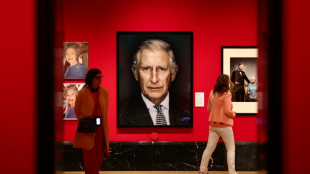 100 years of British royal photography goes on display in London
100 years of British royal photography goes on display in London
-
Alaphilippe wins Giro 12th stage, Pogacar holds race lead

-
 Nigerian women's rights pioneer celebrated in new biopic
Nigerian women's rights pioneer celebrated in new biopic
-
Israel vows to 'intensify' operations in Rafah

-
 Slovak PM 'able to speak' after shooting, suspected gunman charged
Slovak PM 'able to speak' after shooting, suspected gunman charged
-
Pyramids built along long-lost river, scientists discover
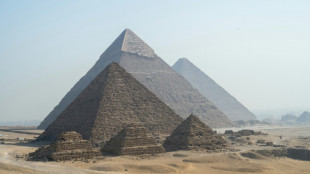
-
 London's Queen's Club to host WTA Tour event for first time in 52 years
London's Queen's Club to host WTA Tour event for first time in 52 years
-
Paul survives chaotic ending to reach Rome Open semis

-
 French LGBTQ groups 'extremely concerned' over increase in attacks
French LGBTQ groups 'extremely concerned' over increase in attacks
-
Anya Taylor-Joy praises 'unbelievable' 'Mad Max' stunt team

-
 Stocks waver after hitting record highs
Stocks waver after hitting record highs
-
Green policies can be vote winners, London mayor says

-
 McIlroy shares early lead at emotionally testing PGA Championship
McIlroy shares early lead at emotionally testing PGA Championship
-
S.Africa tells UN court Israel 'genocide' hit 'new and horrific stage'

-
 Man City's Ederson out of Premier League climax and FA Cup final
Man City's Ederson out of Premier League climax and FA Cup final
-
'Rappers and yodellers': Nagelsmann strikes balance in Euro 2024 squad

-
 England set to ban gender identity teaching in schools
England set to ban gender identity teaching in schools
-
Serbia leases army HQ bombed by NATO to Trump son-in-law

-
 France deploys additional forces to quell New Caledonia unrest
France deploys additional forces to quell New Caledonia unrest
-
McIlroy faces emotional early test as PGA Championship begins

-
 Chelsea players 'love' Pochettino and must fight for him, says Palmer
Chelsea players 'love' Pochettino and must fight for him, says Palmer
-
Germany boss Nagelsmann ignores Hummels to stick with regulars for Euros

-
 Sevilla great Navas to leave club in summer
Sevilla great Navas to leave club in summer
-
France accuses Azerbaijan of interference in New Caledonia riots

-
 European stocks dip from records, shrugging off gains elsewhere
European stocks dip from records, shrugging off gains elsewhere
-
Toulouse's Chocobares eligible for Champions Cup final in spite of suspension

-
 Dutch EU opt-out on asylum could take 'years': Wilders to AFP
Dutch EU opt-out on asylum could take 'years': Wilders to AFP
-
Murray makes victorious comeback in Bordeaux

-
 China's Baidu posts weakest quarterly revenue growth in over a year
China's Baidu posts weakest quarterly revenue growth in over a year
-
EU probes Facebook, Instagram over child protection

| RYCEF | -1.29% | 5.37 | $ | |
| RBGPF | -1.42% | 59.7 | $ | |
| NGG | 0.72% | 73.33 | $ | |
| SCS | 0.48% | 13.675 | $ | |
| CMSD | -0.3% | 24.3 | $ | |
| RELX | -0.03% | 43.895 | $ | |
| RIO | 1.66% | 71.52 | $ | |
| VOD | 1.43% | 9.78 | $ | |
| GSK | -0.97% | 44.89 | $ | |
| BCC | -2.94% | 136.835 | $ | |
| CMSC | -0.25% | 24.43 | $ | |
| BCE | -0.76% | 34.31 | $ | |
| JRI | -0.34% | 11.61 | $ | |
| AZN | 0.17% | 77.1 | $ | |
| BTI | 0.85% | 31.59 | $ | |
| BP | -0.73% | 37.0535 | $ |

Webb telescope takes stunning images of Horsehead Nebula's 'mane'
NASA's James Webb telescope has captured the most detailed infrared images ever taken of the Horsehead Nebula, one of the most majestic and recognizable objects in the night sky, the space agency said Monday.
The new observations show the top of the "horse's mane," revealing for the first time the small scale structures on the edge of the giant cloud of dust and gas.
Located roughly 1,300 light years away in the constellation Orion ("The Hunter"), the iconic silhouette of a horse's head and neck rises from what look like churning waves of interstellar foam.
Webb, the most powerful space observatory ever built, is able to detect infrared light at unprecedented resolutions, revealing objects that cannot be seen using the visible spectrum in optical telescopes.
"An international team of astronomers has revealed for the first time the small-scale structures of the illuminated edge of the Horsehead," a NASA statement said.
As ultraviolet light evaporates the dust cloud, particles are swept away by the outflow of heated gas -- a process Webb has now shown in action.
The observations have also given astronomers new insights into how dust blocks and emits light, and a better idea of the nebula's multidimensional shape.
The work was the result of an study led by Karl Misselt of the University of Arizona, and published Monday in Astronomy & Astrophysics.
The Horsehead Nebula has fascinated space enthusiasts since its discovery in 1888 by the renowned Scottish astronomer Williamina Fleming.
While it appears shadowy in optical light, the nebula comes to life when viewed through infrared wavelengths, taking on transparent and ethereal hues.
This delicate pillar of hydrogen gas infused with dust is being steadily worn away by the radiation of a nearby star. Astronomers estimate the Horsehead will disappear in another five million years.
C.Kovalenko--BTB



